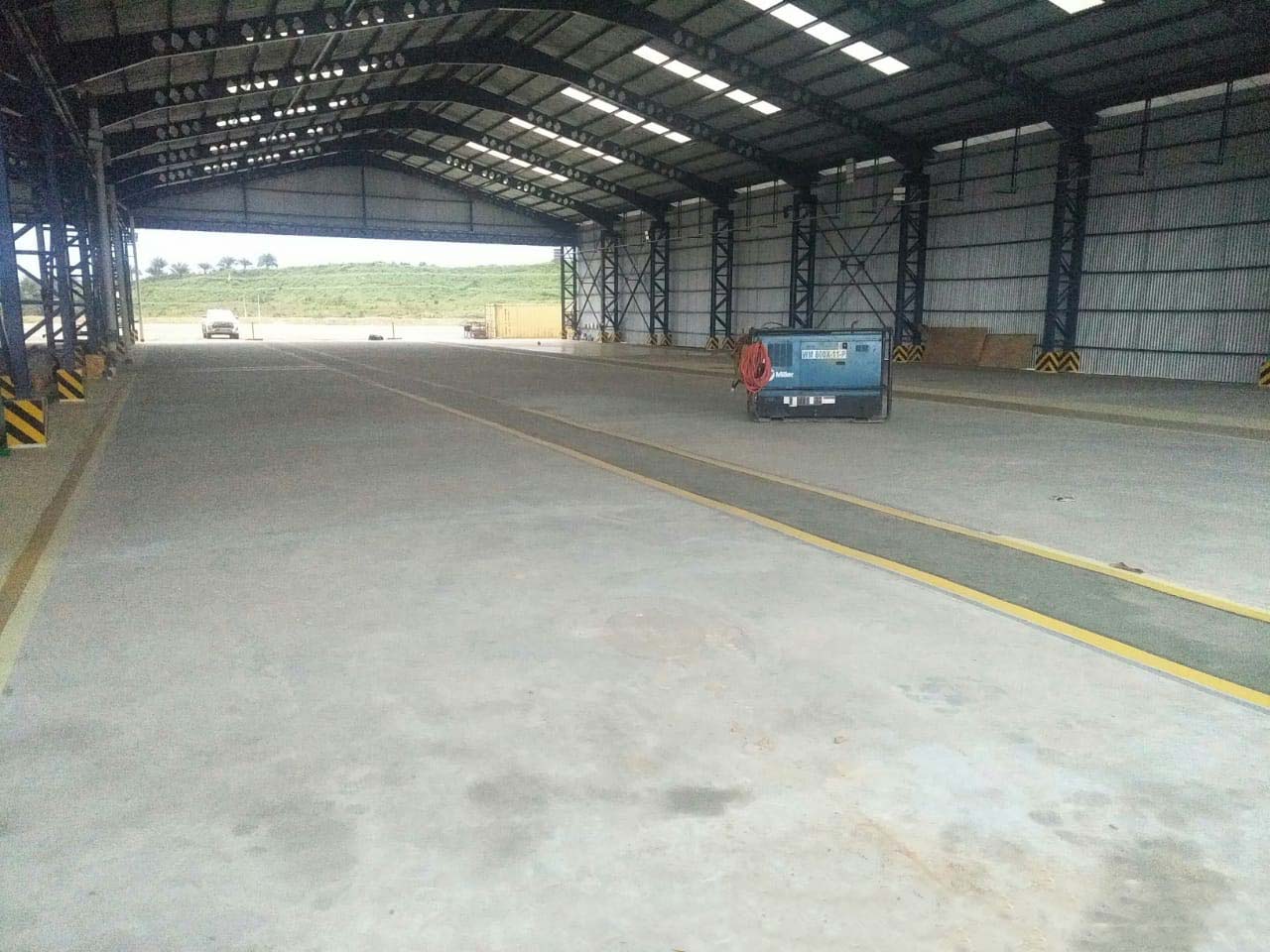


Construction a Workshop
Constructing a workshop requires tailoring the design and build process to support hands-on activities like manufacturing, repairs, woodworking, automotive work, or creative projects. Below is a step-by-step guide to building a functional and safe workshop:
- Define the Workshop’s Purpose
- Type of Work: Determine if it’s for woodworking, metalworking, automotive repairs, electronics, or general DIY.
- Equipment Needs: Identify required machinery (e.g., lathes, CNC machines, welding stations, 3D printers).
- Capacity: Estimate the number of users, workflow, and storage for tools/materials.
- Site Selection and Zoning
- Location: Ensure proximity to utilities (power, water) and accessibility for deliveries.
- Zoning Laws: Verify local regulations for workshops (noise, emissions, hazardous materials).
- Space Requirements: Minimum size for equipment, workflow, and future expansion.
- Design and Layout
- Work Zones:
- Workstations: Dedicated areas for cutting, assembly, or specialized tasks.
- Tool Storage: Cabinets, pegboards, or shelving for easy access.
- Material Storage: Racks for lumber, metal, or raw materials.
- Dust/Ventilation: Plan for dust collection systems, fume extractors, or exhaust fans.
- Utilities:
- Electrical: Heavy-duty circuits for machinery (220V), ample outlets, and surge protection.
- Plumbing: Sinks, compressed air lines, or drainage for wet work.
- Safety: Fire exits, first-aid stations, fire extinguishers, and eyewash stations.
- Permits and Approvals
- Building Permits: Submit plans for structural, electrical, and HVAC systems.
- Environmental Permits: Required if handling chemicals, paints, or hazardous materials.
- Inspections: Schedule pre-construction and post-construction inspections.
- Flooring: Pour reinforced concrete with sealants for durability.
- Interior Build-Out: Construct offices, restrooms, mezzanines, and install HVAC, plumbing, and fire suppression systems.
- Technology Integration: Set up electrical systems for WMS, automation, and security (cameras, access control).
- Construction Steps
- Foundation: Concrete slab (reinforced for heavy equipment) or raised flooring for utilities.
- Structure:
- Steel or timber framing with high ceilings for large equipment.
- Insulated walls/roof for temperature control (critical for paint shops).
- Flooring: Epoxy-coated concrete (durable, chemical-resistant) or anti-fatigue mats.
- Ventilation: Install exhaust fans, ducting, or dust collectors (e.g., for woodshops).
- Interior Setup
- Workbenches: Heavy-duty tables with clamps/vices.
- Tool Organization: Wall-mounted racks, tool chests, or mobile carts.
- Lighting: Task lighting over workstations and ambient lighting.
- Safety Gear: Fire blankets, safety goggles, and PPE storage.
- Specialized Features
- Soundproofing: Acoustic panels for noise reduction (if near residential areas).
- Climate Control: HVAC or heaters for year-round comfort.
- Automation: Smart systems for lighting, security, or machinery.
- Vehicle Access: Overhead doors, vehicle lifts, or ramps for automotive shops.
- Safety and Compliance
- Fire Safety: Install sprinklers, smoke detectors, and Class ABC fire extinguishers.
- Electrical Safety: Ground fault circuit interrupters (GFCIs) near water sources.
- OSHA Compliance: Guardrails on machinery, clear walkways, and hazard signage.
- Post-Construction
- Tool Installation: Assemble and calibrate machinery.
- Test Systems: Ensure ventilation, electrical, and plumbing work properly.
- Final Inspection: Obtain a Certificate of Occupancy.
- Operational Tips
- Workflow Optimization: Arrange tools/machines to minimize movement.
- Maintenance Schedule: Regular checks for HVAC, dust collectors, and equipment.
- Security: Install alarms, cameras, and secure storage for expensive tools.
Key Considerations
- Budget: Costs vary widely based on size, materials, and equipment
- Sustainability: Solar panels, skylights, or recycled materials to reduce energy use.
- Future Expansion: Design with modularity for added space or equipment.
By prioritizing functionality, safety, and efficiency, your workshop can become a productive space tailored to your craft or business needs.